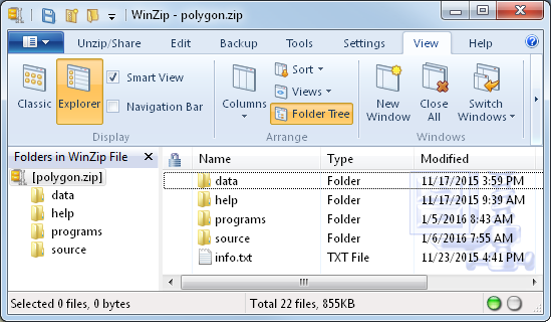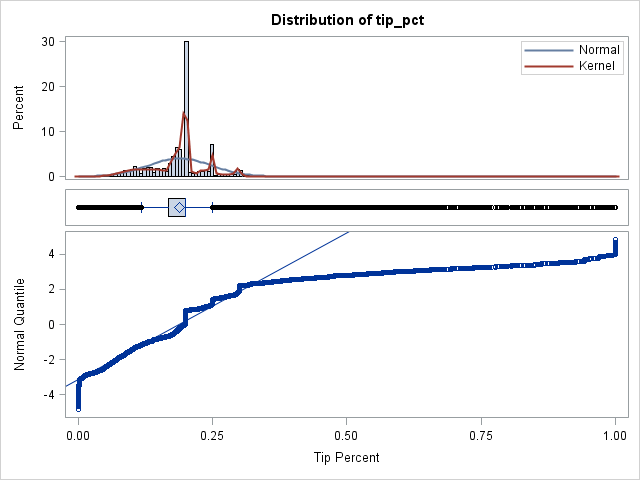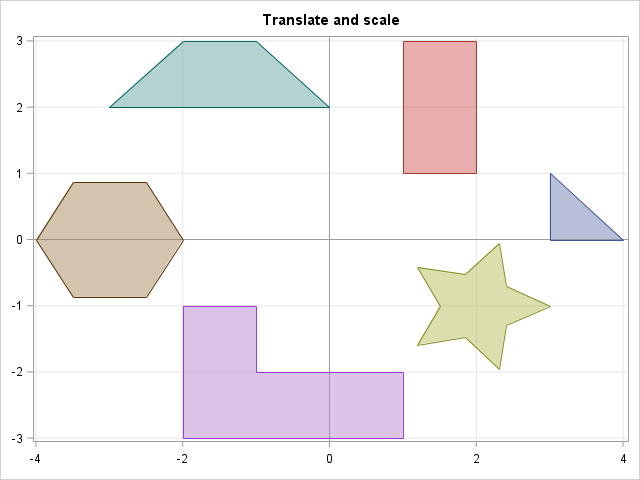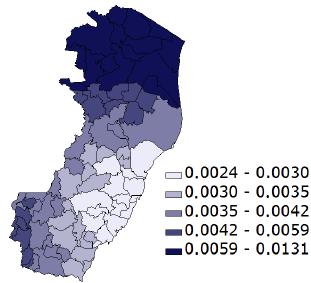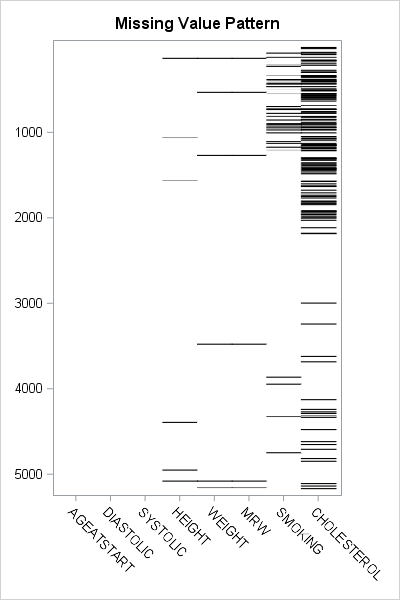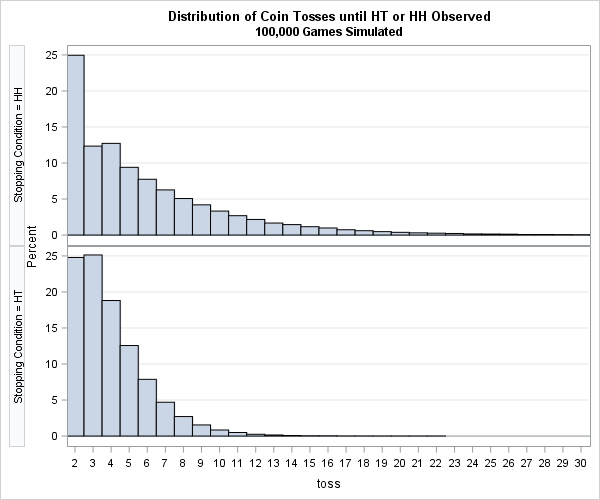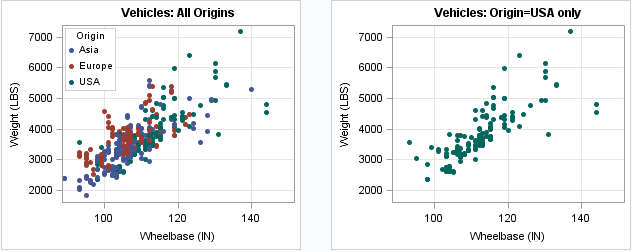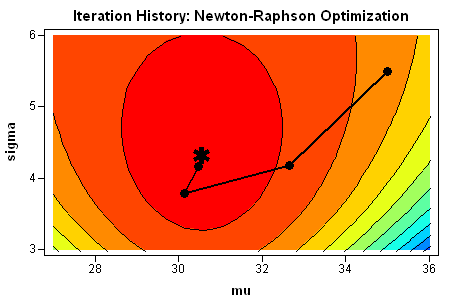
Optimization is a primary tool of computational statistics. SAS/IML software provides a suite of nonlinear optimizers that makes it easy to find an optimum for a user-defined objective function. You can perform unconstrained optimization, or define linear or nonlinear constraints for constrained optimization. Over the years I have seen many



